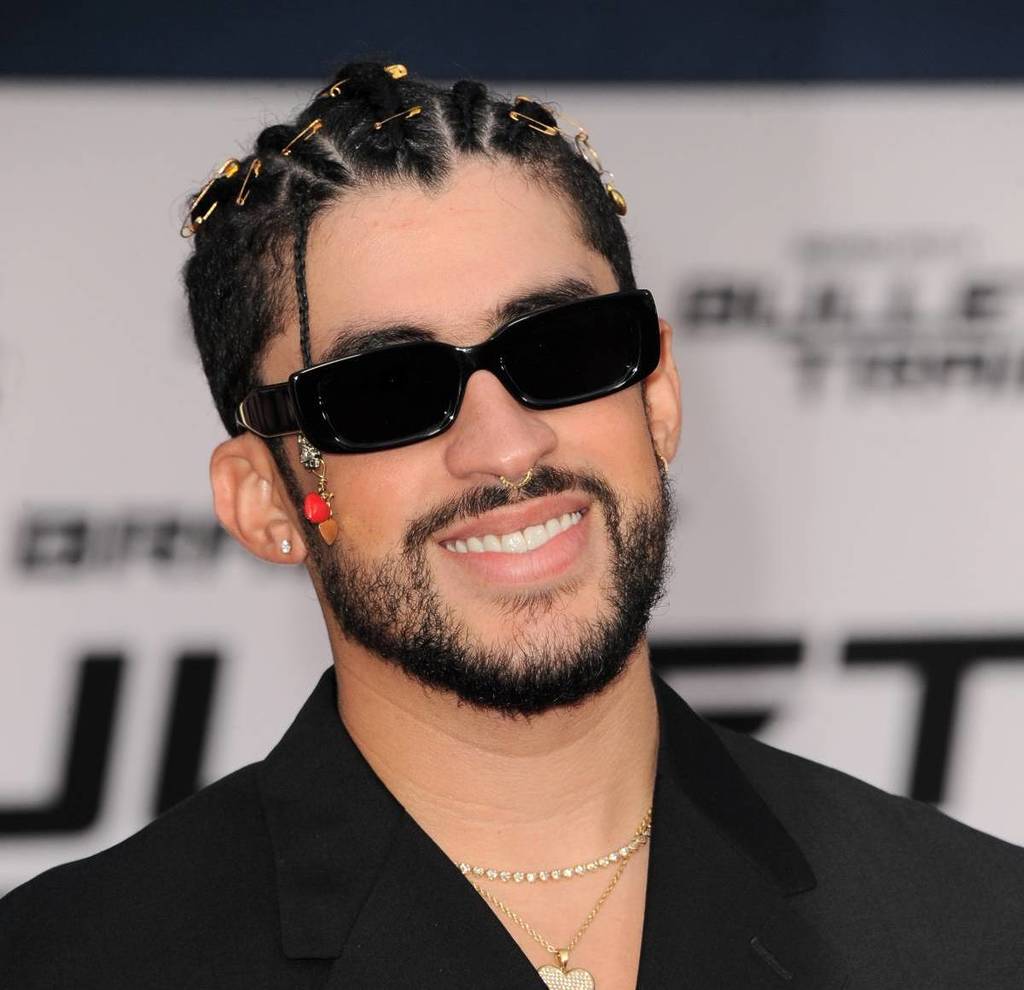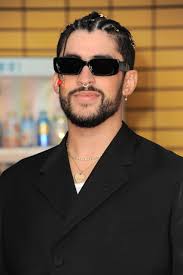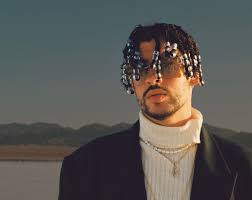Bad Bunny, born Benito Antonio Martínez Ocasio, is not merely a performer. He’s a movement, a messenger, and in many ways, a cultural earthquake. Since his musical debut in 2018, Bad Bunny has been on an unstoppable trajectory, fusing reggaeton and Latin trap with punk energy, genre-defying fashion, and razor-sharp social commentary. Now, in 2025, with the launch of his historic Puerto Rico residency and a globe-spanning world tour, it’s safe to say that El Conejo Malo (The Bad Bunny) is not just reshaping Latin music—he’s reshaping the global cultural landscape itself.
When Bad Bunny announced his first-ever concert residency—titled No Me Quiero Ir de Aquí (“I Don’t Want to Leave Here”)—the response was nothing short of explosive. Set in the Coliseo de Puerto Rico, the island’s largest indoor arena, the 30-show run sold out in an astonishing four hours. Fans lined up across the island, some waiting overnight, just to snag tickets to one of the most significant musical events in Puerto Rican history.
But this wasn’t your average concert series. True to his roots, Bad Bunny ensured that the first nine shows were exclusively available to Puerto Rican residents. No online scalpers, no tourists scooping up the best seats—just the people of the island getting front-row access to their homegrown hero.
The residency’s name speaks volumes. “I don’t want to leave here.” It’s a declaration of love and loyalty to Puerto Rico—a place that has both inspired and shaped his art and identity. In an industry that often encourages stars to chase fame far from home, Bad Bunny is making a bold, emotional statement: Puerto Rico isn’t just where he started; it’s where he belongs.
And the impact goes far beyond music. Local officials and economists estimate that this residency will provide a significant economic boost to Puerto Rico’s struggling economy. With tens of thousands expected to travel for the event, local businesses—from hotels to taxis to food vendors—are already preparing for a surge of income. For an island still recovering from the aftershocks of Hurricane Maria and political instability, Bad Bunny’s presence is more than a concert. It’s a lifeline.
As if the residency weren’t monumental enough, Bad Bunny is following it up with a world tour of staggering scale. Titled Debí Tirar Más Fotos (“I Should’ve Taken More Pictures”), the tour will span more than 50 shows across four continents, beginning November 21, 2025, in Santo Domingo, Dominican Republic, and concluding in Brussels, Belgium, on July 22, 2026.
Curiously, and perhaps intentionally, no U.S. dates have been announced—at least not yet. It’s a decision that’s raising eyebrows and fueling speculation. Is Bad Bunny choosing to highlight the global South, Europe, and Latin America over the traditionally dominant American market? Or is he simply building anticipation? Either way, it sends a powerful message: his music doesn’t need the U.S. to thrive. His art, sung almost entirely in Spanish, has already transcended borders, languages, and expectations.
The tour is expected to showcase not just music, but storytelling, fashion, and performance art. If his previous tours are any indication, fans can anticipate a visual and emotional experience that blends the political and the personal, the celebratory and the confrontational.

Bad Bunny isn’t just a performer—he’s a chart-crusher. His rise to the top of Billboard is as relentless as it is revolutionary. His third studio album, El Último Tour del Mundo (2020), made history as the first all-Spanish-language album to top the Billboard 200.
That milestone alone would have secured his legacy. But Benito didn’t stop. He followed that triumph with three more albums that each reached No. 1:
- Un Verano Sin Ti (2022)
- Nadie Sabe Lo Que Va a Pasar Mañana (2023)
- Debí Tirar Más Fotos (2025)
The success of Un Verano Sin Ti in particular is worth noting. A 23-track journey through love, heartbreak, nostalgia, and joy, the album spent 13 non-consecutive weeks at No. 1 on Billboard—a rare feat for any artist, let alone one singing entirely in Spanish. The record wasn’t just commercially dominant; it was critically adored, earning a Grammy nomination for Album of the Year at the 65th Grammy Awards.
Though the award ultimately went to Harry Styles for Harry’s House, Bad Bunny’s presence in the all-genre category marked a watershed moment in Latin music history. For the first time, a Spanish-language album wasn’t just confined to the Latin categories—it was in the running for the top prize of the night.
It’s not just Grammy nominations that have marked Bad Bunny’s trailblazing path. He also became the first winner of the Best Música Urbana Album category at the 64th Grammy Awards for El Último Tour del Mundo. The Recording Academy created the category in response to the growing influence and artistic range of reggaeton and Latin trap artists. Benito set the bar—and it’s a high one.
But perhaps no medium has been more transformative for Bad Bunny than streaming. On platforms like Spotify and Apple Music, he is an absolute juggernaut. He has consistently ranked among the top-streamed artists in the world, alongside the likes of Taylor Swift, The Weeknd, and Beyoncé.
His album Un Verano Sin Ti holds a particularly jaw-dropping title: the most-streamed album in Spotify history. Not the most-streamed Latin album. The most-streamed album—period. That’s a testament not just to the size of his fanbase, but to the loyalty, reach, and power of a global audience that has embraced him on his own terms.

What truly sets Bad Bunny apart isn’t just his music or accolades. It’s his unrelenting authenticity and his role as a cultural disruptor.
He’s known for pushing boundaries in fashion, appearing in skirts, nail polish, and gender-fluid outfits that challenge the hyper-masculinity often associated with reggaeton and Latin culture. He uses his platform to advocate for women’s rights, LGBTQ+ visibility, and social justice, often speaking out against Puerto Rico’s political corruption and police brutality.
In 2020, he appeared on The Tonight Show wearing a skirt and a shirt that read “They killed Alexa, not a man in a skirt”—a tribute to Alexa Negrón Luciano, a transgender woman murdered in Puerto Rico. That same year, he led protests demanding accountability from the island’s governor, proving that for him, music and activism are inseparable.
He’s also redefined celebrity accessibility, often seen roaming Puerto Rico without bodyguards, riding bikes, showing up unannounced to local basketball games or beaches. He’s not hiding behind wealth and status; he’s among his people, by choice.
In a music industry obsessed with formula, Bad Bunny is an outlier. He doesn’t chase trends—he creates them. He doesn’t cater to English-speaking markets—he invites them to understand him. He doesn’t rely on record labels’ playbooks—he rewrites them.
As his No Me Quiero Ir de Aquí residency kicks off and his Debí Tirar Más Fotos tour looms on the horizon, Bad Bunny is not just riding a wave—he is the wave. He represents the future of global music: borderless, unapologetic, and inclusive.
From San Juan to Santo Domingo, from Barcelona to Brussels, one thing is clear—Benito isn’t going anywhere. And the world is better for it.



